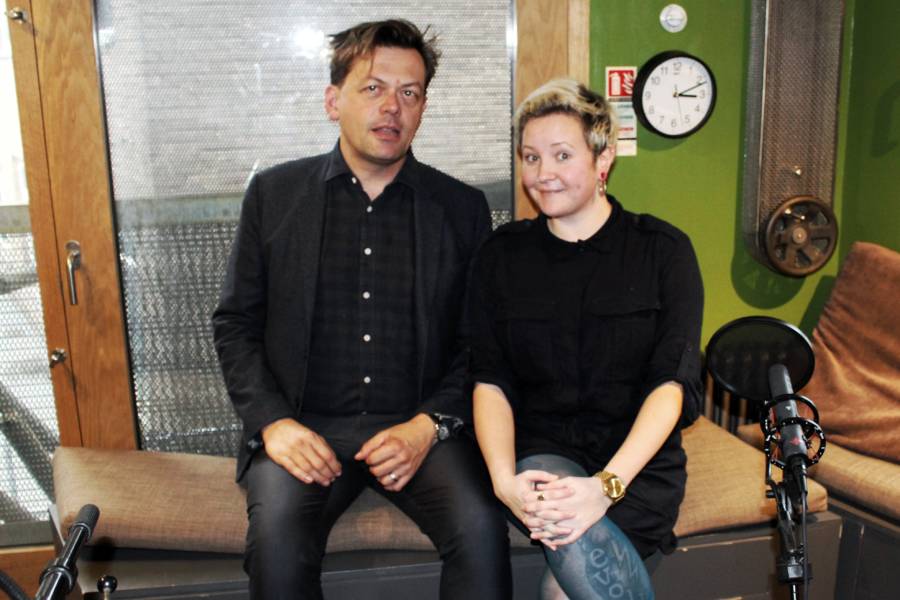Stef Smith's Writing Exercise
Playwright Stef Smith ran one of our Introduction to Playwriting Groups in 2019. Here she shares an exercise that you can try at home.
Stef Smith is an multi award-winning writer working to international acclaim.
Work includes: Enough, Girl In The Machine, Swallow (Traverse Theatre); Nora: A Doll’s House (Glasgow Citizen’s Theatre); The Song Project and Human Animals (Royal Court); Acts Of Resistance(Headlong / Bristol Old Vic) and Remote (National Theatre Connections Festival).
Most recently Stef was a finalist for the Susan Smith Blackburn prize, which is the largest prize for women writing in the english language. Stef has won three Scotsman Fringe First Awards for Roadkill, Swallow and Enough. Roadkill also won an Olivier Award for Outstanding Achievement in an Affiliate Theatre.

A Writing Exercise
Traditionally when we think of a play, we think of people talking. We might think of dialogue or monologue. But, some of my favourite playwrights utilise something else to make drama – silence.
So, take two characters – A and B (you can also give them names, if that helps). Think of their relationship and now think of a conflict between them. Perhaps one wants something from the other or perhaps one has already taken something and is trying to keep it a secret or think of a conflict entirely of your creation. Write a scene centred around that conflict, but that scene can only be 20 lines of dialogue (10 said by each character).
Then, copy and paste the dialogue but remove 3 lines of dialogue and replace them with silence. Leaving your scene with only 17 lines of dialogue.
Then, copy and paste this new versions of the dialogue but remove a further 7 lines of dialogue and replace them with silence. Leaving your scene with only 10 lines of dialogue.
Then, copy and paste this new versions of the dialogue but remove a further 5 lines of dialogue and replace them with silence. Leaving your scene with only 5 lines of dialogue.
You now have 4 versions of the same scene. Reflect on each of them and see how silence has added too (or indeed, subtracted) from the dramatic tension. It’s a chance to see how little you might need in order to write a conflict or potentially, it has revealed something about one of the characters. This is an exercise you can also use in pre-existing writing (if you have some) to help you edit and really earn those dramatic moments.

Support the Court
Our work with artists and writers continues during this uncertain time thanks to the generous support of our audiences.
Please donate today and be a part of our vital work and its future.


